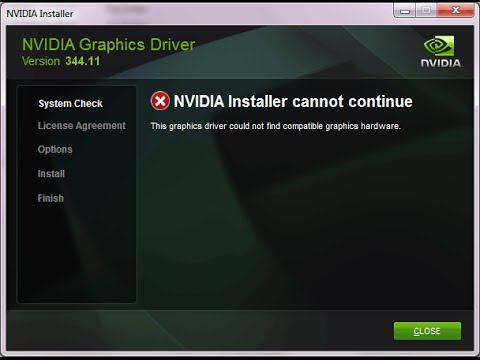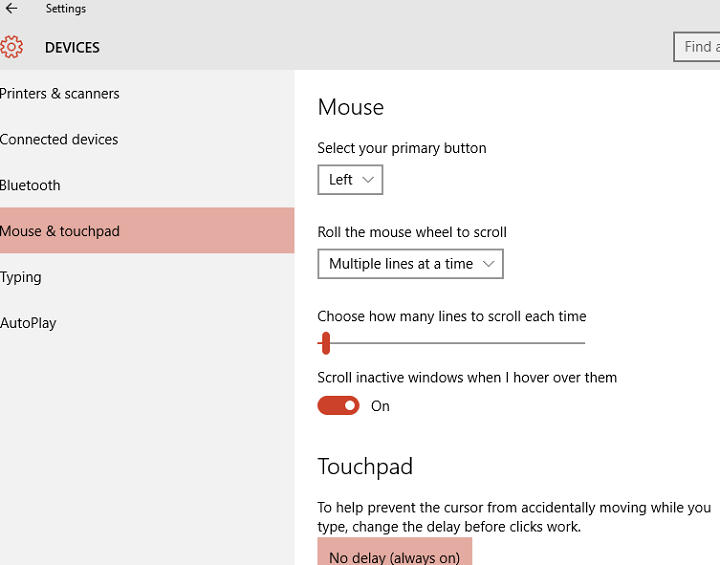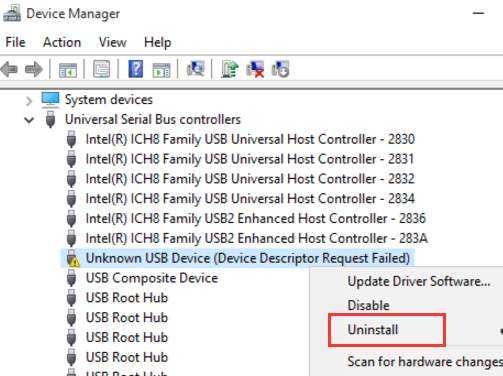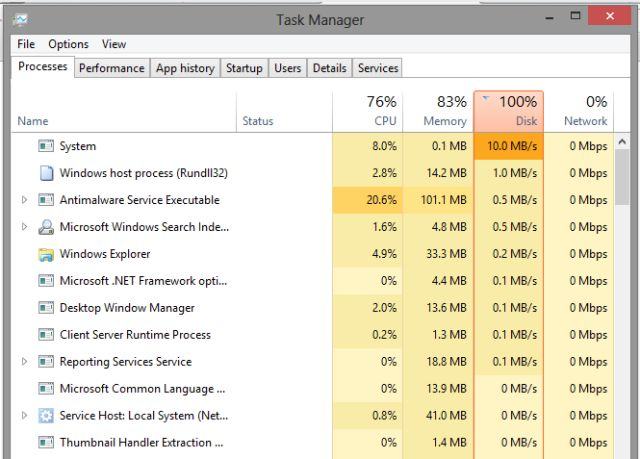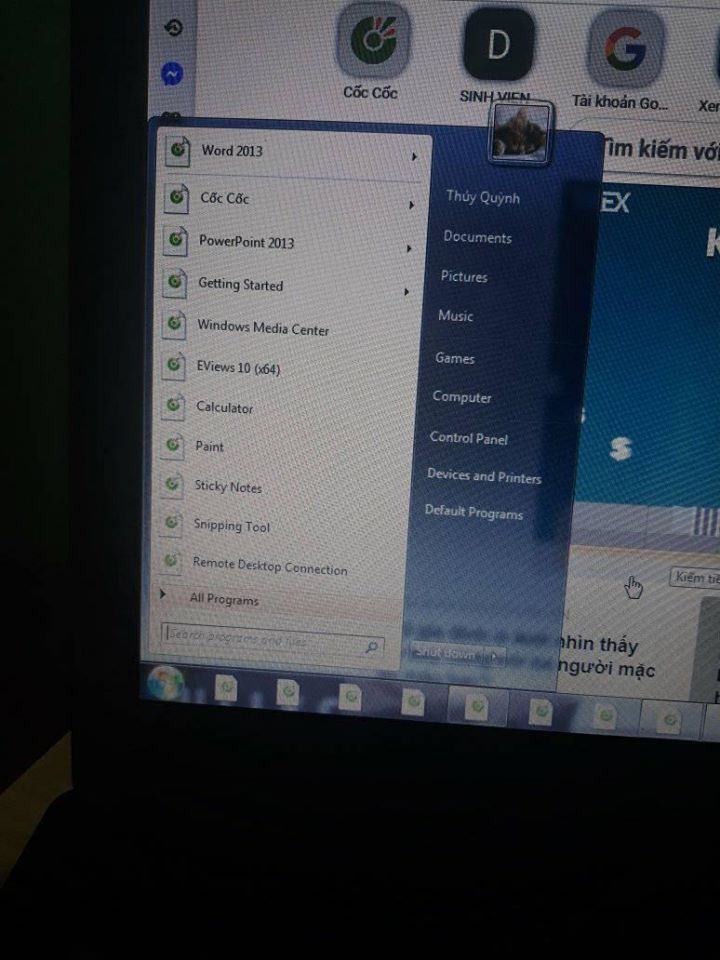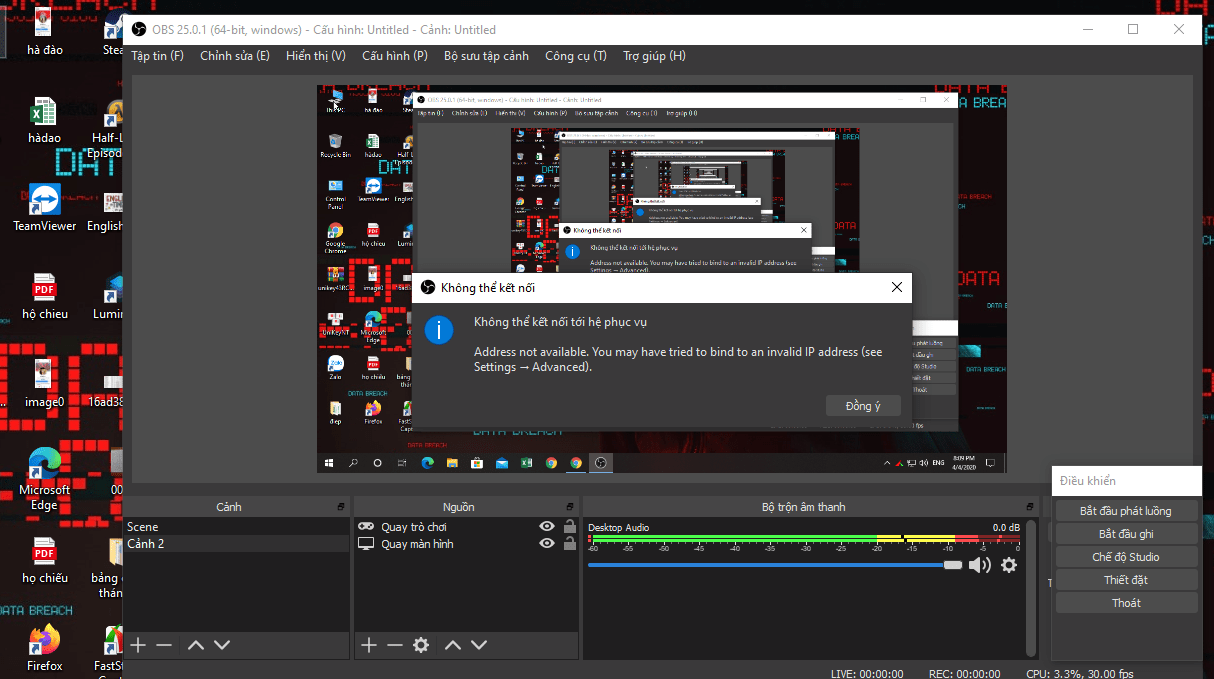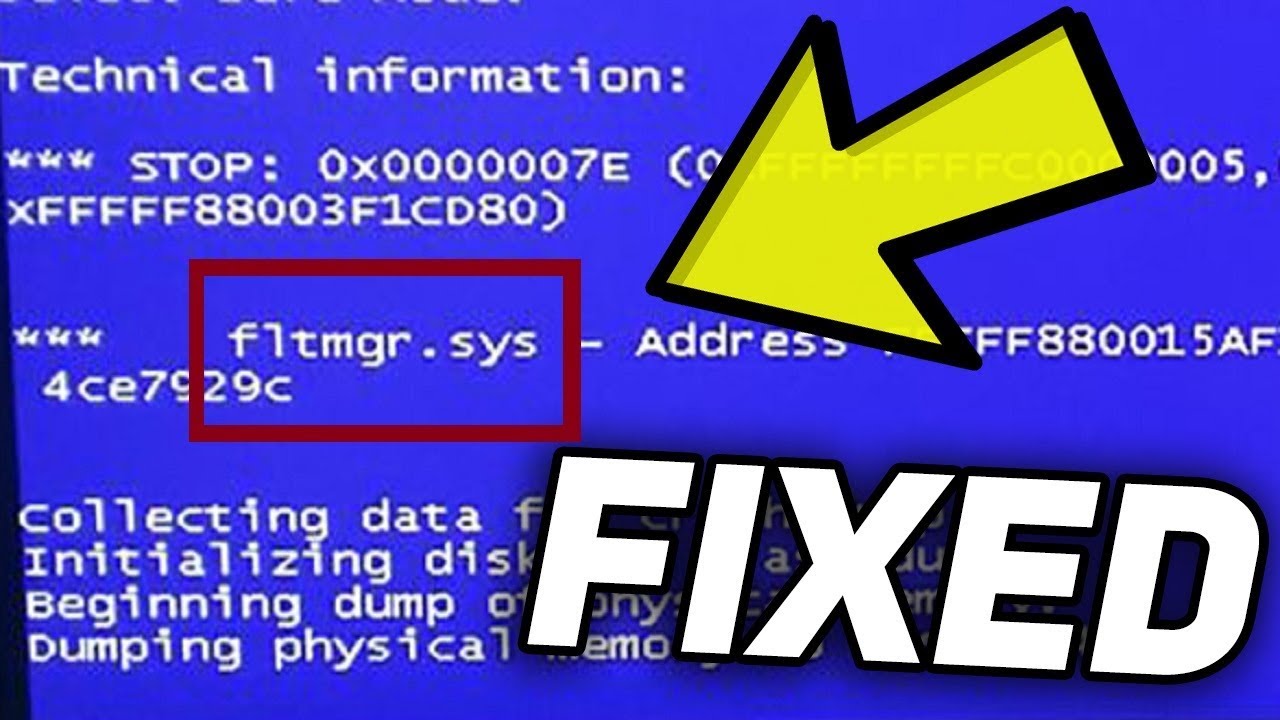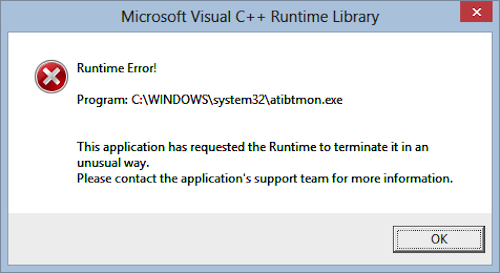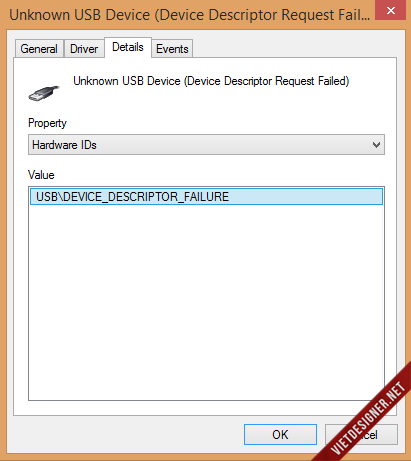Mainboard disease diagnosis by test card. Computer motherboard repair work usually takes a lot of time without good tools. So motherboard test card is an indispensable tool for repairing PC or Laptop motherboard. Guide you to diagnose mainboard disease with test card. Mainboard test cards have many types and prices from 100 – 800k depending on the function of the card and higher accuracy. Mainboard test cards are mostly used via PCI interface. Currently there are tet cards for motherboards using H61 chipsets via PCI e 1X interface and the price is about 800K which can be used for both Laptop and PC.
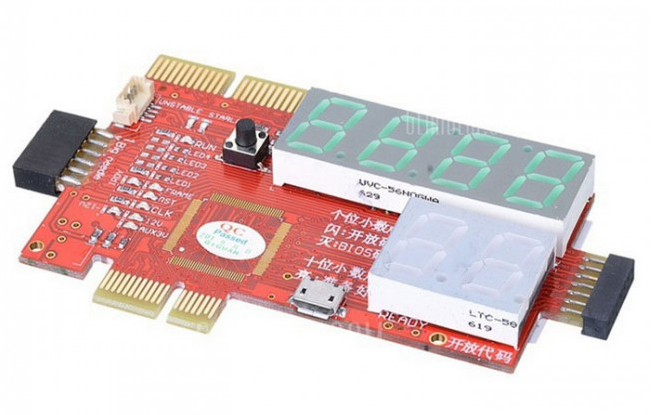
Table of Contents
Shape test motherboard card
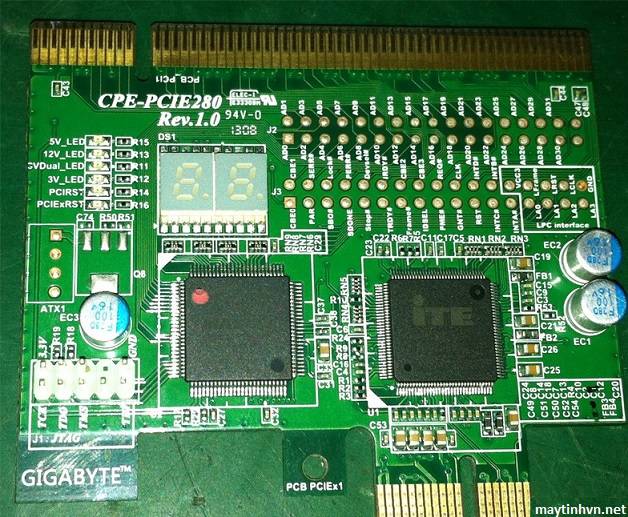
Gigabyte motherboard test card
- Slot via PCI and PCIE1x interface.
- 3v, 5v, 12v power indicator led lights.
- RST Led: This light will light and then turn off to indicate a reset pulse has occurred. This pulse is very important, if the light does not light up or is always on due to the voltage loss of the RAM, CPU, chipset … IC clock error, SIO, chip male.
- CLK LED: Clock signal is working well.
- The 7 segment LEDs (2 or 4) to report the POST code: This is the most important Led to base on which we can diagnose what the motherboard is sick.
- Some old test cards may not have or have some other indicators such as: IRDY, Frame, Run.
The motherboard test card is not consistent among BIOS manufacturers (AMI, Award), so it will report the led on some motherboards and report incorrectly on some other motherboards.
2. Mainboard test card function
As mentioned above, the test card is used to check the mainboard through the code on the LED and based on the code document of each BIOS manufacturer. For example, if you get a motherboard that does not work, if you do not have a test card, you must measure whether the voltage source is enough or not? If the voltage is not running, you must check CPU, BIOS, Chipset. If you use the test mainboard card, there is a system reset signal on the card -> source OK. You just need to load BIOS, Check CPU. Repair time will be faster and more accurate.
3. How to use test motherboard H61.
First, unplug the signal and power cables of all devices. Leave only the correct motherboard + CPU + RAM + Card test main.
Click the source and observe the functional LEDs on the mainboard test card to diagnose the disease.
The 3.3v, 5v, and 12v source LEDs will most likely light up fully, if these lights are missing, you need to check the contact pins of the card and the PCI slot on the motherboard.
CLK Indicator (indicate whether the clock is clocked or not): Usually use this seldomly because the card often cannot check the clock pulse. Clock measurements need to use a good VOM meter, or use a frequency meter. A good card, the clock light must be on to indicate a pulse, if the light is not on, the CLK pulse will be lost.
RST Indicator: When we turn on the power, the RST light will light up and then turn off and again to have reset. If it does not light or does not turn off all the time, it will lose the reset pulse -> need to check the power again, the south bridge chip.
After observing the functional LEDs, monitor the 7-segment LEDs.
If the LED indicates “no-C” “0000” “- -“: This is the most difficult to fix because it has many causes: BIOS faulty, CPU socket open, South or North Chipset error, IO error, power IC error CPU. Should encounter this disease, it is necessary to use an elimination method from easy to difficult.
The test card immediately reports the code FF or C0: Well, there are many errors as well: chip South, North, CPU, BiOS …
After looking at the code on the functional led, you rely on that code and look up the code board (when you buy, the book will look up the encoding) to see what disease your mainboard is. This one takes a while to remember.
* Common errors
If the card jumps the code C0, C1 or D0, D1 … These errors are usually caused by the motherboard and CPU not running, but maybe the cause of the Vcore supply to the CPU is not stable, the BUS RAM power loss or the main does not support the CPU.
If the test card jumps the code around (turn the computer on again, then jump another code), many encounter on the motherboard of Gigabyte mostly due to BIOS error, just reload the BIOS. There are also cases where the code jumps in a mess, but it is not the BIOS error, but due to the bad nature of the test card, the message is incorrect.
If the test card is used again in code 26, you should make money to buy another test card. This error is caused by the faulty nature of the test card. Common when we test on motherboards Gigabyte and Intel.
Led 7 codes code C5, D6, 05 depending on the type of motherboard to use BIOS of any company. This code is mostly caused by BIOS error, you must reload the BIOS.
The test card runs to the 7F code, the motherboard has booted up the picture. Due to wrong BIOS setting it stops asking F1 to continue or F2 to enter BIOS setup. When we press F1 to continue, the test card will jump to FF and the mainobard is up to normal. In addition, when the code is reached, the numlock light is on but not on the screen, you need to check the discrete VGA card, onboard, the cable connecting the monitor, the LCD screen.
When we click on the power, if the speaker mounted on the maiboard continues to “beep”, most of the motherboard and CPU have worked. If not on the picture, you need to check the VGA, video card.
When we click the source for the mainboard and see the main test card, the code jumps from Co, C1… D0, D1… EA… 7F and then FF is the number that the mainboard has run completely. If not on the screen, you must also check the monitor, video card.
The mainboard test card jumps the code C0, C1 .. and then stops C5, C6 or D5, D6, EA, most of them are Ram errors, need to clean the RAM slot, RAM pins (make sure the RAM is still in good use). If not up, you need to check the BUS RAM source, steam or replace the Northbridge chip.
Above is the instruction on how to use the motherboard test card and some common errors. Wish you success, if you need to ask anything, just leave your comments below the article

